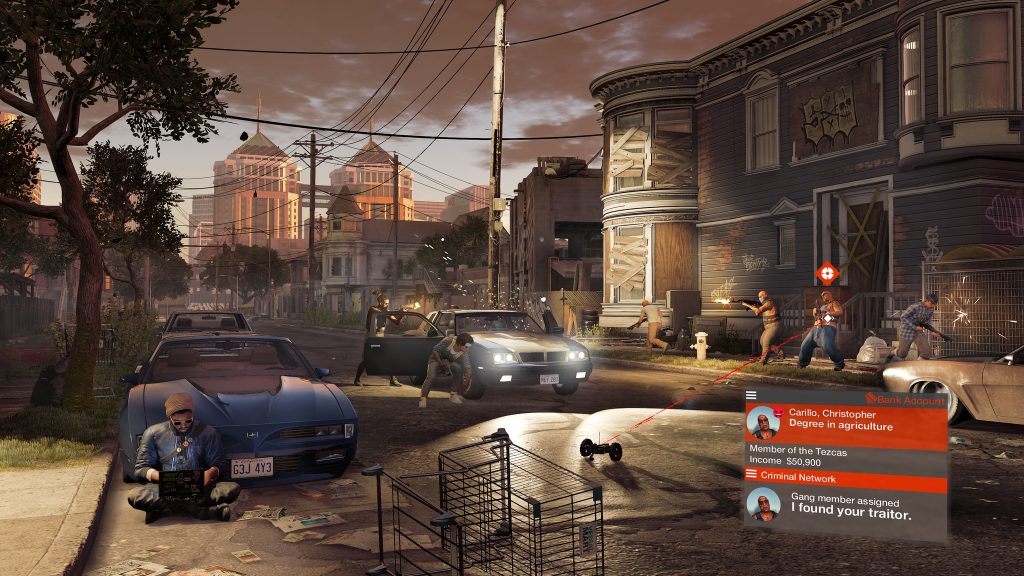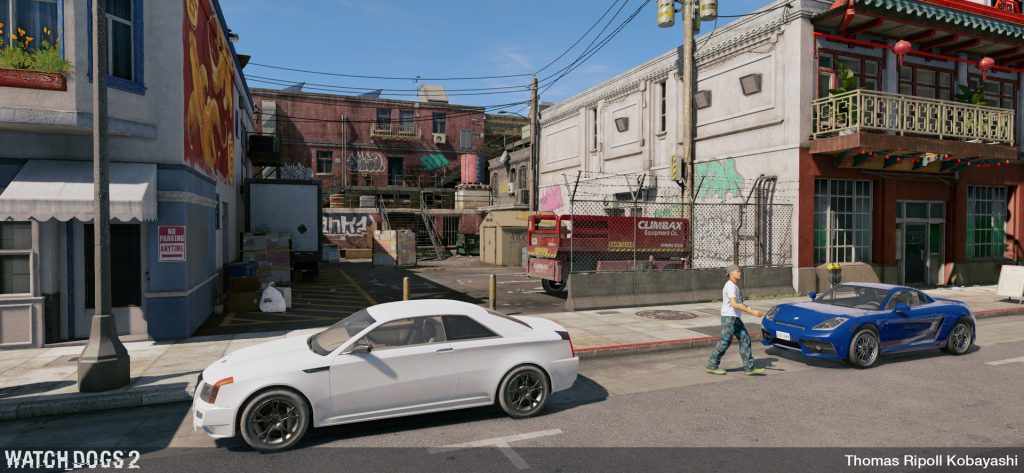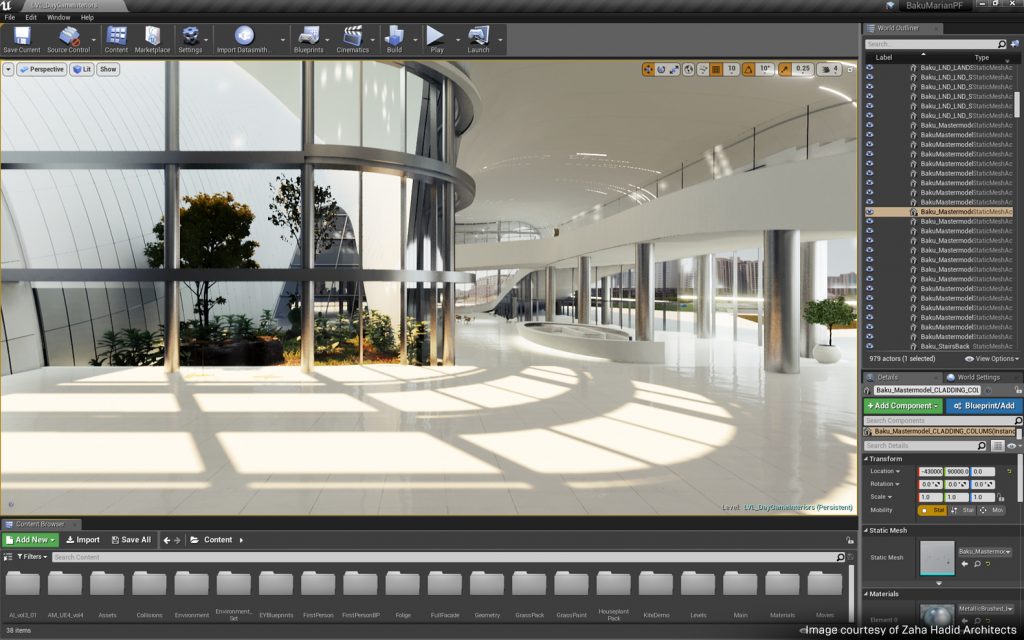How Video Games are Changing Design
Date
April 9, 2019Anyone who has young children- and those of you that are still children at heart- will know of the gaming phenomena that are Fortnite and Minecraft. Each of these games generates billions (yes, that’s billions!) of dollars in revenue each year. More surprisingly, they’re both quietly changing the way our urban environment is designed.
Video gamers have long enjoyed navigating through simulated urban environments that set the stage for triple-A titles like Grand Theft Auto V and Watchdogs 2. Jaw dropping advances in video game graphics and the growing popularity of virtual reality (VR) now place pressure on the design industry to adopt these same visual technologies in their own practice. Translating un-built products and environment designs to clients has always been a struggle for designers. With advances in technology, it’s possible for clients to use VR to see, walk around and interact with a design in photorealistic real-time.


Tools for Technology-Driven Design
One tool that enables VR is Unreal Engine, the technology behind the aforementioned Fortnite. Epic Games, the creators of Unreal Engine and Fortnite, have recognized the potential to apply game development tools to the AEC industry. They’re now in the process of developing Unreal Studio, an industry-specific version that allows designers to create photorealistic visuals and immersive experiences. Unreal Studio contains plug-ins that support commonly used industry programs like 3ds Max, SketchUp and Revit to enhance productivity and workflow for designers.
This is just the beginning. Soon, our industry will start to harness other video gaming technologies such as artificial intelligence to create convincing pedestrian and traffic simulations. AI simulations will not only make the experience more realistic and immersive but will provide design analysis and feedback to the team. As this technology works in real-time, we can use and react to incoming data on the spot. Imagine interacting with a 3-D model of your city and seeing real-time information overlaid like weather or traffic data. Eventually, smart cities will have digital twins that are akin to another class of video games: Massively Multiplayer Online (MMO). MMO worlds such as World of Warcraft contain thousands of users on the same server- just like cities have thousands of people (or more!) moving around them each day. But instead of battling orcs in Azeroth, the urban planner “players” will be ensuring that the sewage flows freely and that the trains run on time.
Basic Building Blocks
Often described as “electronic LEGO”, Minecraft exists at the opposite end of the photorealism spectrum. Minecraft lacks the visual fidelity of Unreal Engine, but its impact on design is no less substantial. Minecraft is changing design in a different way- by democratizing it. In conjunction with UN-Habitat, Mojang, the game studio behind Minecraft, founded Block by Block. Block by Block is a charitable initiative that utilizes Minecraft to enable inclusive public space planning in marginalized communities. The Block by Block team starts by creating a Minecraft model of the project site and then, through a series of workshops, the community uses Minecraft to design the changes they wish to see.
The simplicity of Minecraft makes the program easy to use and understand for people of all ages and languages. This means that people who don’t traditionally have a voice in public projects- such as children, the elderly, and other disenfranchised groups- can engage and contribute to their environment in meaningful ways. Since its Nairobi pilot project launched in 2012, Block By Block has proven Minecraft to be a legitimate methodology for public engagement. The foundation has now completed a number of projects in over 30 countries across the world.
Pathway to a Community-Empowered Future
Today, one of the biggest challenges that designers face in their work is learning how to best portray their vision to their clients. Non-designers tend to have difficulty understanding how a project will look based on drawings alone. Traditional renderings and blueprints fail to convey the nuances of space, confined to a 2-D scale. Video game graphics and other digital technologies have vastly improved the visual capabilities available to the architecture industry. These tools transcend the barriers of language and allow clients to explore 3-D building models and even walk around inside them thanks to VR. By focusing on visuals, this opens up new low-barrier opportunities for engagement with community groups who may speak a different language, or with children who aren’t yet able to read. This paradigm shift towards more inclusive forms of engagement and design not only enhances the public process, but gives a platform for new visions of the community as well.
Matt joined IBI Group in 2003. In 2014 he relocated to Canada, joining the IBI Group Calgary team. He is currently Design Technology Portfolio Manager for Visualization Services and is responsible for coordinating IBI Group’s visualization products worldwide. Before joining IBI Group, he was a director of a successful 3D visualization company, guiding it from startup to thriving a small business. He is a strong advocate for new visualization techniques such as real-time technologies and virtual/augmented realities. Matt is a graduate of the Welsh School of Architecture in Cardiff, UK, where he has also taught 3D visualization techniques and skills.
Matt joined IBI Group in 2003. In 2014 he relocated to Canada, joining the IBI Group Calgary team. He is currently Design Technology Portfolio Manager for Visualization Services and is responsible for coordinating IBI Group’s visualization products worldwide. Before joining IBI Group, he was a director of a successful 3D visualization company, guiding it from startup to a thriving small business. He is a strong advocate for new visualization techniques such as real-time technologies and virtual/augmented realities. Matt is a graduate of the Welsh School of Architecture in Cardiff, UK, where he has also taught 3D visualization techniques and skills.

Written by Matt Clementson
Associate Director | Practice Lead, Design TechnologyCalgary, AB









